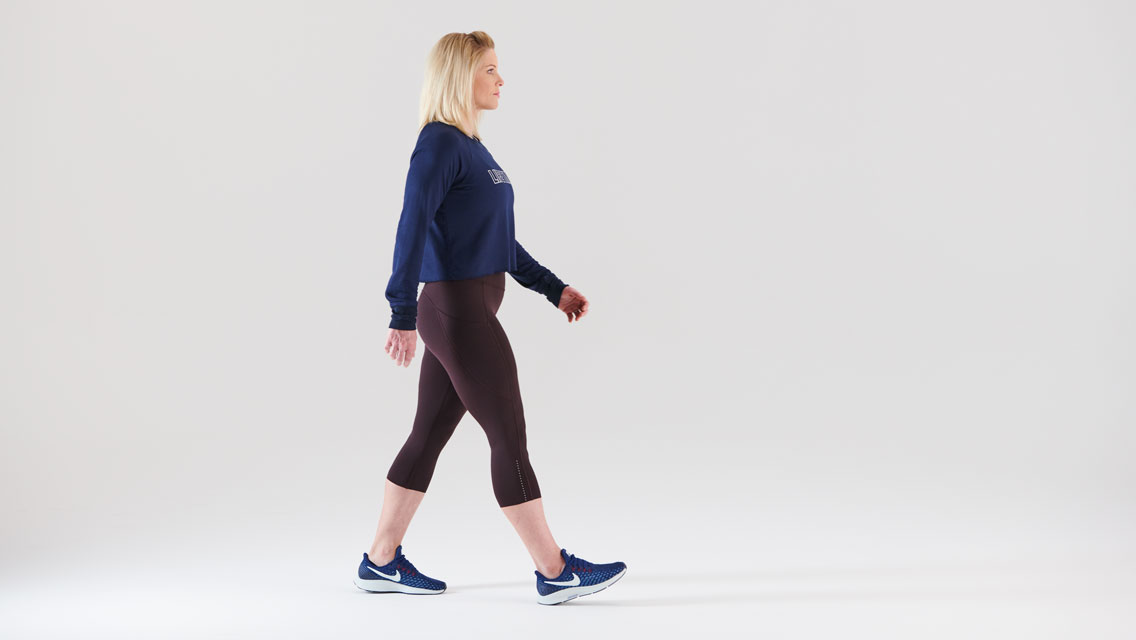We spend much of our lives these days seated. Our sedentary, forward-leaning daily routines contribute to muscle and joint restrictions, including in the hip flexors, chest, and upper back.
Over time, these areas of limited mobility create musculoskeletal imbalances: This can ultimately reduce your mobility and increase your risk of injury.
Walking is the antidote.
“Biomechanically, walking is the reverse of sitting at a computer, leaning forward over children, hovering over our phones in a rounded, slumping position,” explains Jessica McManus, PT, FAAOMPT, a physical therapist at Full Circle Wellness in Newbury, Mass.
“When walking is done at its finest, it allows the spine and arms to extend and rotate, and the hips to extend; it activates muscles on the back of the body,” she adds. “It is really a whole-body activity.”
McManus recommends desk workers get up and walk for five minutes at least every hour. “There is evidence that supports this for health — and even for better efficiency of focus and concentration. Another great option is a standing workstation that you can spend part of your day at, and even better, treadmill workstations for set periods of time, based on your fitness level, to break up your sitting,” she says.
Any time you can go for a longer, dedicated walk — before, during, or after your workday — you’ll reap benefits, so aim for whatever you can do most consistently. (You can also consider adding a weighted pack to elevate the strength and endurance effects of your daily walk. Learn more at “What Is Rucking? Tips to Getting Started.”)





This Post Has 0 Comments